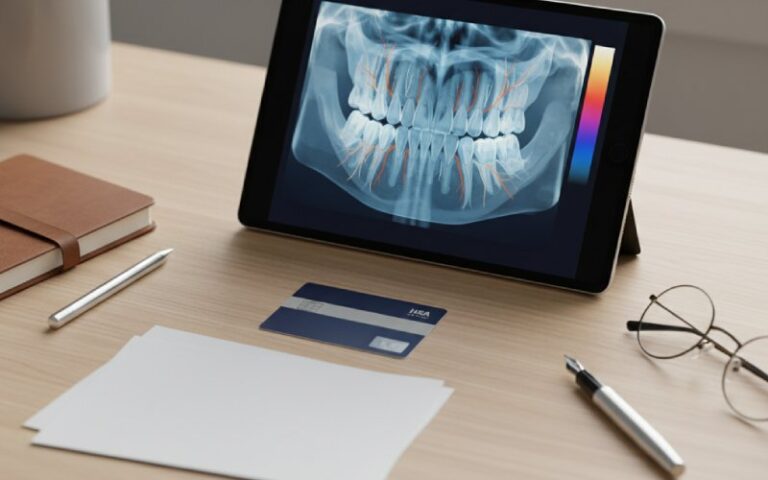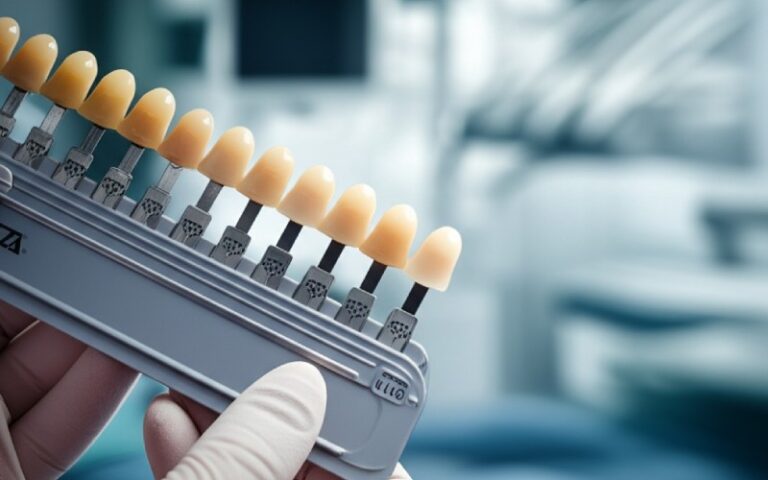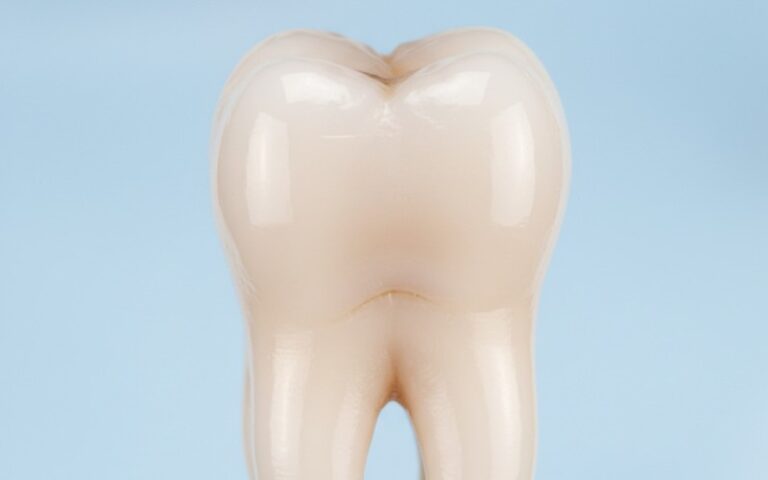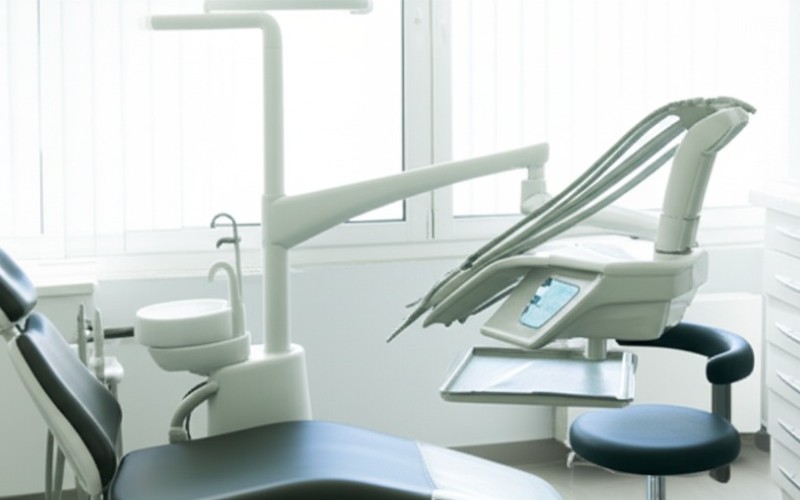
How to Fix a Chipped or Broken Tooth: Guide to Dental Fracture Care
This article will tell you what to do right away and what your dentist can do to help with a broken or cracked tooth. Reading this will give you the knowledge to handle this dental emergency with confidence and protect your oral health. You will learn how to fix a chipped tooth and what to expect when you have a crack or break.
Table des matières
What Should I Do Right After I Chip or Break a Tooth?
The moment it happens, it is easy to panic. The first thing you should do is stay calm. Find the piece of broken tooth if you can. Your dentist might want to see it. Next, you need to rinse your mouth with warm water. This helps keep your mouth clean and wash away any small pieces of the tooth.
If you are bleeding, take a piece of gauze and press it on the area. The bleeding should stop in a few minutes. If you have pain or swelling, you can put a cold pack on your cheek. The most important step is to call your dentist as soon as possible. A broken tooth is a dental emergency and requires fast action. Do not wait for the pain to get worse. Getting early treatment can save your tooth.
Why Is It So Important to See a Dentist?
You might have a small chip and think it is not a big deal. You might be tempted to wait. But you need to see a dentist. Even a small crack in your tooth can cause big problems later. Without treatment, the crack can get bigger. This can lead to severe pain. The inside of the tooth could become infected.
A dentist is the only person who can tell you how bad the damage is. They have the tools to see things you cannot. They will know the right tooth treatment for you. Putting it off only makes things worse and can cost more in the long run. To protect your oral health, make an appointment right away. A serious broken tooth may need a lot of work. Proper dental care starts with that first visit.
What are the Different Types of Damaged Teeth?
The simplest ones are called craze lines. These are tiny, hairline cracks in the hard outer layer of your tooth, called the enamel. These craze lines usually do not need treatment. A bigger chip is another common problem. This often happens on the chewing surface of the tooth.
A more serious issue is a true fracture. A crack can run down the tooth. Sometimes, the crack extends to the root. A split tooth is when the tooth breaks into two separate pieces. This is a very serious dental problem. Knowing the type of fracture helps your dentist decide the best way to fix your damaged teeth.
How Will My Dentist Find the Crack or Break?
Finding a crack is not always easy, especially if it’s a small hairline crack. First, your dentists will look at your tooth very closely, sometimes with a special magnifying glass. They will ask you questions, like “Does your tooth hurt when you chew?” Pain when you bite down and then release is a common sign of a cracked or broken tooth.
To see the full extent of the damage, the dentist will likely take an x-ray. An x-ray helps them see if the crack has reached the pulp, which is the soft center of the tooth. The x-ray also shows if the crack goes below the gum line. This information is very important for planning your treatment. It tells the dentist just how much work your tooth will need.
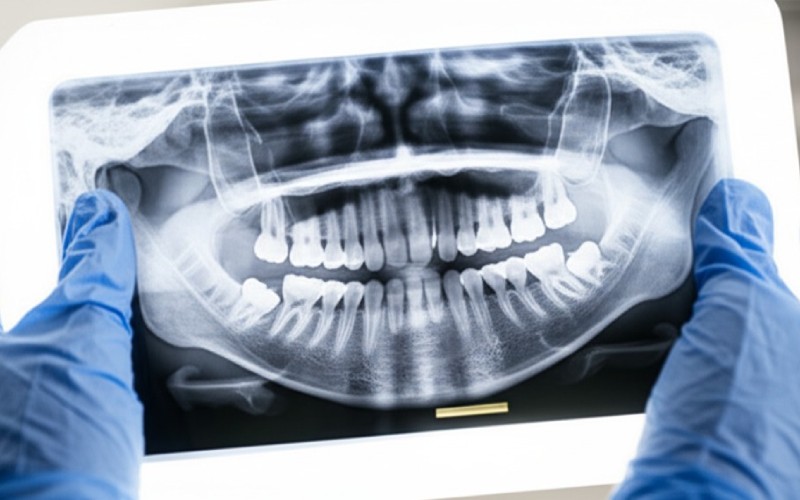
How Can My Dentist Fix Chipped Teeth?
If you have a small chip, you are in luck. This is often the easiest problem to fix. For a small chip on a front tooth, your dentist may use a procedure called dental bonding. With dental bonding, the dentist applies a tooth-colored composite resin to your tooth. They shape it to look perfect and then harden it with a special light. It is a fast and simple way to get your tooth repaired.
For a slightly larger chip on a front tooth, another option is facettes dentaires. A veneer is a thin shell, often made of porcelain, that is placed on the front of the tooth. It makes the tooth look whole and natural again. This can protect the enamel that covers your teeth. Both of these dental options are great for fixing chipped teeth and restoring your smile.
What Happens if I Need a Dental Crown?
For a larger break or chip, you will likely need a couronne dentaire. A crown is a cap that covers the entire remaining tooth. It protects the weak tooth from breaking more. It also makes the tooth strong enough to chew with again. The crown is made to look just like a natural tooth.
Getting a crown usually takes two visits. At the first visit, the dentist may prepare the tooth by removing some of the outer layer. They take an impression to send to a laboratoire dentaire, where your custom crown is made. You get a temporary crown to wear. At the second visit, the dentist fits your permanent crown, making sure it is perfect before cementing it in place. The rest of the tooth is now safe and sound.
When is a Root Canal the Right Treatment for a Cracked or Broken Tooth?
Sometimes, a crack in your tooth is so deep that it reaches the pulp. The pulp is the soft tissue inside the tooth that contains nerves and blood vessels. If the pulp is exposed, the tooth is damaged and can get infected. This is when your dentist will recommend a root canal. The thought of a root canal might sound scary, but it’s a very common and helpful dental procedure.
A root canal is needed to save the tooth. The goal of a root canal to remove the damaged pulp. The dentist cleans out the inside of the tooth and then seals it. This procedure stops the infection and the pain. After a root canal, the tooth is no longer alive, so it can become brittle. That is why most teeth that have a root canal also need a crown placed on top for protection.
Could My Broken Tooth Need Treatment Like an Extraction?
In some cases, a chipped or broken tooth cannot be saved. This is usually when the tooth has a very bad fracture, like a split tooth. If the crack extends below the gum line, it is very hard for a dentist to fix. In this situation, the best option for your long-term oral health might be a tooth extraction.
A tooth extraction means the tooth must be removed. Your dentist will numb the area so you do not feel much pain. While nobody wants to lose a tooth, sometimes it is the only way to prevent more serious problems like a bad infection. A tooth extraction can be the first step toward getting a replacement, which can prevent future tooth loss issues with other teeth. Losing one of your teeth does not have to be the end of your smile.
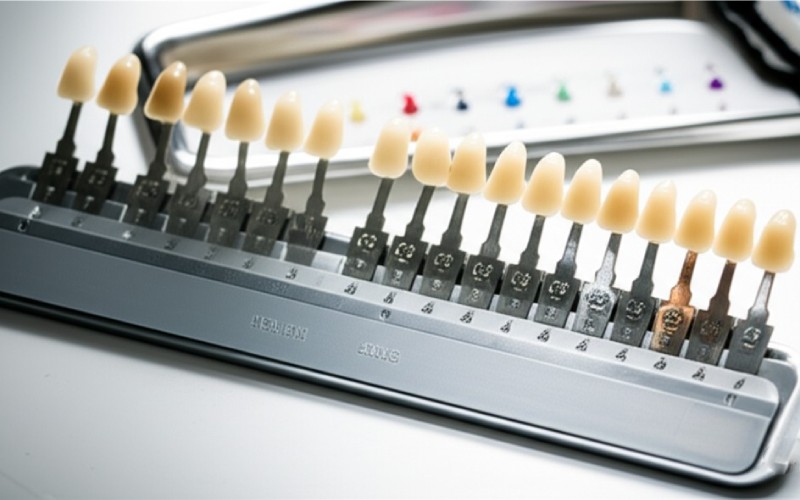
What if I Need a Dental Implant?
If you do need a tooth extraction, you will have a gap where your tooth used to be. You do not have to live with missing teeth. One of the best ways to replace a tooth is with a implant dentaire. A dental implant is a metal post that is surgically placed into your jawbone. It acts like a new root for your tooth.
Over time, the implant fuses with the bone. Then, your dentist can attach a beautiful new crown to the top of the implant. The final result looks and feels just like a natural tooth. An implant is a strong, long-lasting solution that helps you chew normally. It is a big investment in your dental health, but it provides excellent results for your oral health and requires proper dental care.
How Can I Prevent a Chip or Crack in My Teeth?
First, avoid chewing on very hard things. This includes ice, popcorn kernels, and hard candy. These things can weaken your teeth over time and cause a tooth to break or chip.
Another common cause of a broken tooth is teeth grinding. If you grind your teeth at night, ask your dentist about a garde de nuit. This simple device can protect your tooth enamel from wear and tear. Finally, good oral hygiene is key. Brushing and flossing regularly helps prevent tooth decay and a cavity, which can make your teeth weaker and more likely to break. The American Dental Association agrees that proper dental care is the best defense.

